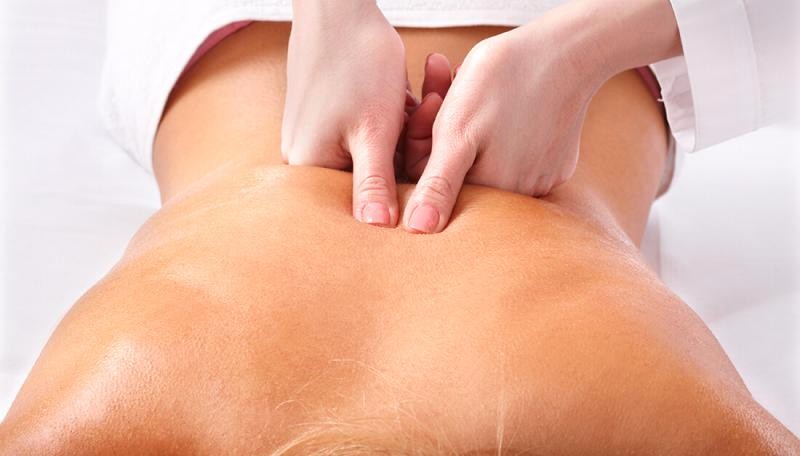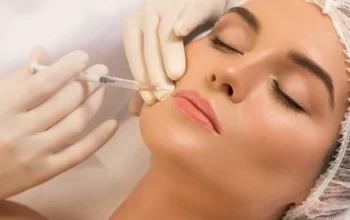Originally from Japan, shiatsu massage is a form of therapeutic bodywork. The two combine modern physiological theory and traditional Chinese medicine (TCM). As a means to enhance the body’s capacity for self-healing, the integration of contemporary shiatsu with TCM and other types of therapy becomes accessible. Shiatsu massage practitioners use their fingers, thumbs, palms, elbows, and other massage tools to exert pressure on various body parts.
Shiatsu uses acupressure points in conjunction with the philosophies of ki and meridian flow to heal the body. It’s comparable to TCM massage. Shiatsu, which means “finger pressure,” has therapeutic and preventive effects. Ki shiatsu goes beyond massages, and you’ll find the four excellent courses that broaden your knowledge below.
The healing art of shiatsu.
You’ll understand that it is not merely a method. When energy starts flowing in perfect harmony, it evolves into art. Every session is distinctively different, either because a new path to modify is preceded following it or because every session is a brand-new type of situation.
The body, emotions, and mind coexist to form an unbreakable entity known as the human body. The Ki energy harmoniously connects these elements, and the vital Ki energy serves as a versatile thread permitting it to flow seamlessly with the pulses without losing the connection.
Philosophy of oriental medicine.
TCM is describable as holistic. It strongly emphasises the human body’s integrity and the close bond between people and their social and natural environments. TCM highlights improving the body’s resistance to disease when treating illness and focuses on maintaining good health.
As you proceed with the shiatsu course, you’ll learn about the three primary philosophies in traditional Chinese medicine. The theories of Essential Ki, Yin-Yang, and the Five Elements are the philosophical strands that contributed most to the development of traditional Chinese medicine.
The special techniques for activating the Ki flow.
Methods of transformation in both the east and the west have been based on the cultivation of ki. It’s been a stepping stone since ancient times. Although the method’s ultimate objective is to serve as a basis for spiritual practice, the ability to heal the mind, body, and spirit makes its spread beneficial for contemporary culture.
You’ll go through the following as you finalise the Ki energy cultivation courses:
- Aiki yoga
- Ki development
- Kokyu Ho
- Ki meditation
- Aiki Taiso
- Shin Ki
Macrobiotic nutrition and medicinal foods.
The macrobiotic diet was created in the 1920s by Japanese philosopher George Ohsawa. It is a low-fat, high-complex-carbohydrate, high-fibre diet that emphasises whole grains and vegetables. The diet promotes unrefined, organic, and locally sourced foods.
It is a diet plan that promotes the claim that it can lower toxins. It entails consuming vegetables and whole grains while seeking to avoid foods high in saturated fat, salt, processed sugar, and artificial additives.
Are you interested in developing your learning of ki shiatsu? If yes, then click here for more information on ki shiatsu courses.




